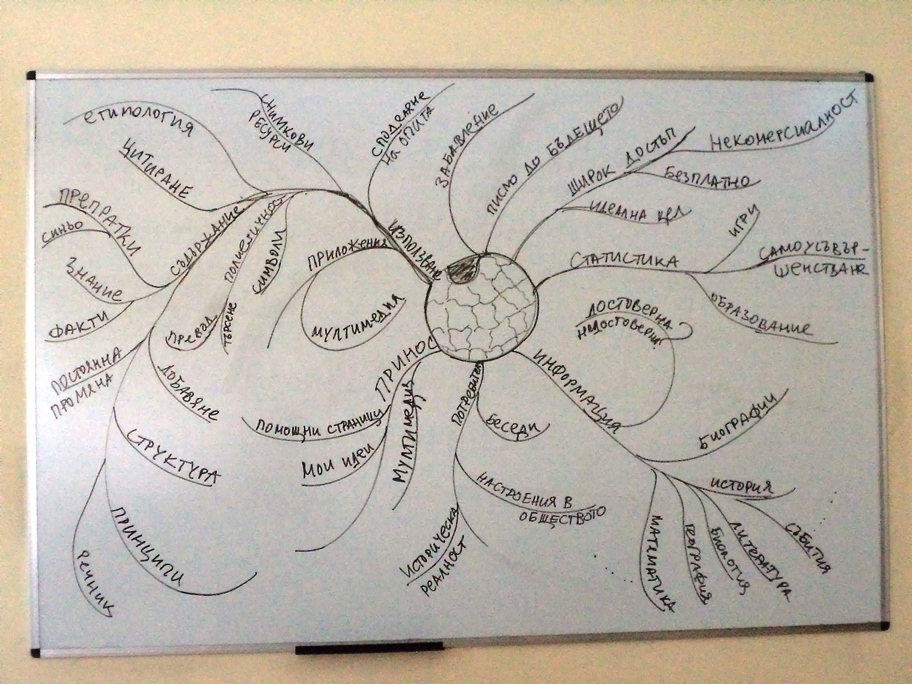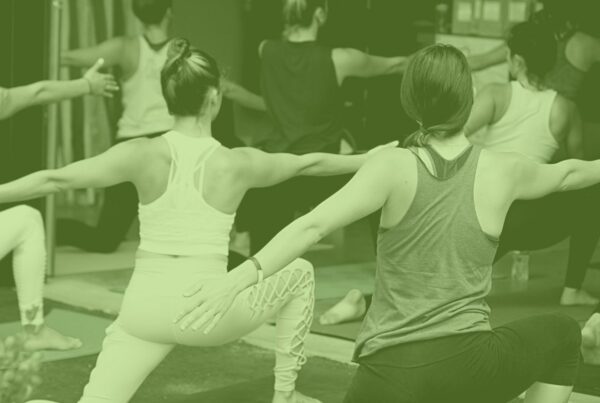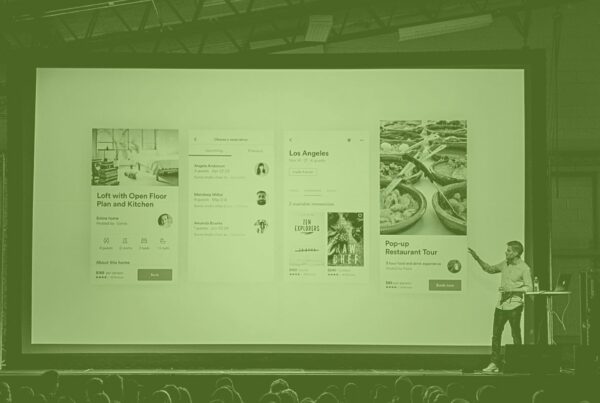It’s ridiculous how fast things are changing these days. You need to learn about new tech each month, research for new projects each week, and understand new ideas each day. How can a mere mortal keep up with all of this?
There’s only one solution: learn faster. Learning quickly is not just about consuming lots of information in the shortest possible time. It also means gaining a deep understanding of what you need to know while discarding the things you don’t need to learn. It means being efficient as well as effective in your learning.
And like all things, there are many tools and tricks that you can use to learn better. So before burying yourself in research, first take a look at these five techniques for learning faster.
1) Use PQRST to Read Better, Learn Faster
Trade journals. Scientific papers. Government reports. Reading any one of these things fills me with dread. It’s like pounding your head against a wall of text. But there’s a way to slay this information Goliath and that’s by using PQRST.
PQRST stands for Preview, Question, Read, Summary, and Test. First, you skim and get a preview of the content, writing down questions that come up in your mind as you do so. Next, you read the content to find answers to those questions. After that, you summarize your what you learned, often by making notes or discussing with peers. Lastly, test yourself by trying to answer the same questions you made earlier without looking at the material to make sure you really understood the content.
I’ve been using this for a long time now though I discovered the name of the technique just recently. It’s a smart way to tackle a complex book so that you don’t waste time with unnecessary details while also maximizing retention of the parts that do matter to you.
2) Mind Map For Visual Learning

If you want to learn faster, you need to short-circuit your brain. Compared to just reading text, having both text and images in front of you increases your retention of the material by up to 42%. I’m not great at drawing myself so I settled for the next best thing when visualizing information: making mind maps.
A mind map is a web of ideas, starting with a core topic at the center and branching out to related topics from there. When you create a mind map, it stimulates the visual part of your brain which makes brainstorming and connecting ideas easier. I use mind mapping both when studying new topics and when trying to find answers to tricky problems.
All you need to make this work are some markers and a whiteboard though you can use pen and paper if you’re mapping by yourself. There are digital mind mapping tools as well like Mindnode and Coggle, which are great since I can access all my mindmaps when I have my laptop around.
3) Learn from a Mentor
Nothing makes you learn faster than first-hand experience and getting your hands dirty, but second-hand experience often works just as well. The experience of the mentors around me have proven invaluable to me time and again, definitely thousands of times more than the price of the coffee we shared.
When looking for a mentor, find someone who is either in the same industry as you are, at the same stage of their business or has tackled many of the same problems you’re facing. Many are more than happy to pass along their knowledge for free but make sure that the time they spend with you is well spent. Prepare questions ahead of time, offer them help in the future and update them on your progress of your endeavor.
I usually scour my networks first when I need advice but if you need to find a mentor, look no further than your own industry association. If you don’t have one, try SCORE’s mentoring programs for small businesses. There’s also an app called Clarity that helps you get business advice from top entrepreneurs just by placing a call.
4) Use Spaced Repetition for Better Memory and Learning
Learning fast means that your brain can quickly relate new concepts with past experiences and ideas. So your best bet for fast learning is to have a trove of concepts neatly stored in your brain, which means having a good memory.
The best way to improve your memory is by testing yourself, and of all the techniques I’ve tried out, spaced repetition by far has been the most effective method. To used spaced repetition, first create flashcards on the ideas you need to remember, with a question in front and the answer or idea at the back. Then, you test yourself regularly, trying to answer the question without peeking and just when you’re about to forget it. It requires a certain amount of effort, and that additional struggle is what makes the idea stick to your memory.
The tricky part here is knowing the exact instant when you’re about to forget the answer. I recommend using apps like Anki, Mnemosyne or Quizlet so that you have something that tests you automatically wherever you are.
5) Teach Others to Learn Better
When I say teaching, I don’t actually mean dropping by your local college and starting a lecture in front of an auditorium. At its core, teaching is just sharing knowledge, which you can do almost anywhere. You can discuss it with friends over lunch, tutor someone over Skype or answer questions on sites like Quora. What’s important is that you’re actively telling others what you’ve learned.
Since this type of learning includes other people, it’s more challenging which, as we’ve learned earlier, makes it stick to our minds better. And when other people are part of the process, expect a lot of honest feedback, probing questions and requests for more information. All of these, make you think about the topic even more, helping you gain a deeper understanding of the concepts involved.
With these five techniques, you’re now a smarter learner than before. Stay ahead of the curve and keep on learning. Cause if you want to earn, you need to learn.









